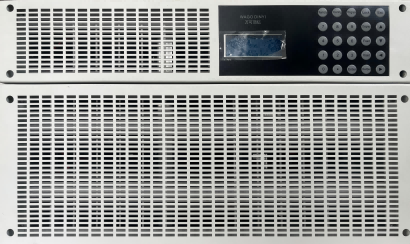flicker adaptability test
The flicker adaptability test is a sophisticated diagnostic tool designed to evaluate an individual's visual processing capabilities and neurological responses to varying light frequencies. This comprehensive assessment measures how effectively the human visual system adapts to fluctuating light conditions, providing valuable insights into visual perception and processing speed. The test utilizes advanced LED technology to generate precise light frequency patterns, while sophisticated sensors monitor and record the subject's responses. During the examination, participants are exposed to carefully controlled light stimuli that alternate at different frequencies, allowing specialists to assess their visual system's ability to process and adapt to these changes. The test is particularly valuable in identifying potential visual processing disorders, evaluating neurological health, and determining optimal display settings for various electronic devices. Its applications extend across multiple fields, including ophthalmology, neurology, ergonomics, and human-computer interaction research. The technology incorporates real-time data analysis capabilities, providing immediate feedback and detailed performance metrics. This innovative assessment tool has become increasingly important in our digital age, where understanding visual processing capabilities is crucial for both medical diagnosis and optimizing digital display technologies.




